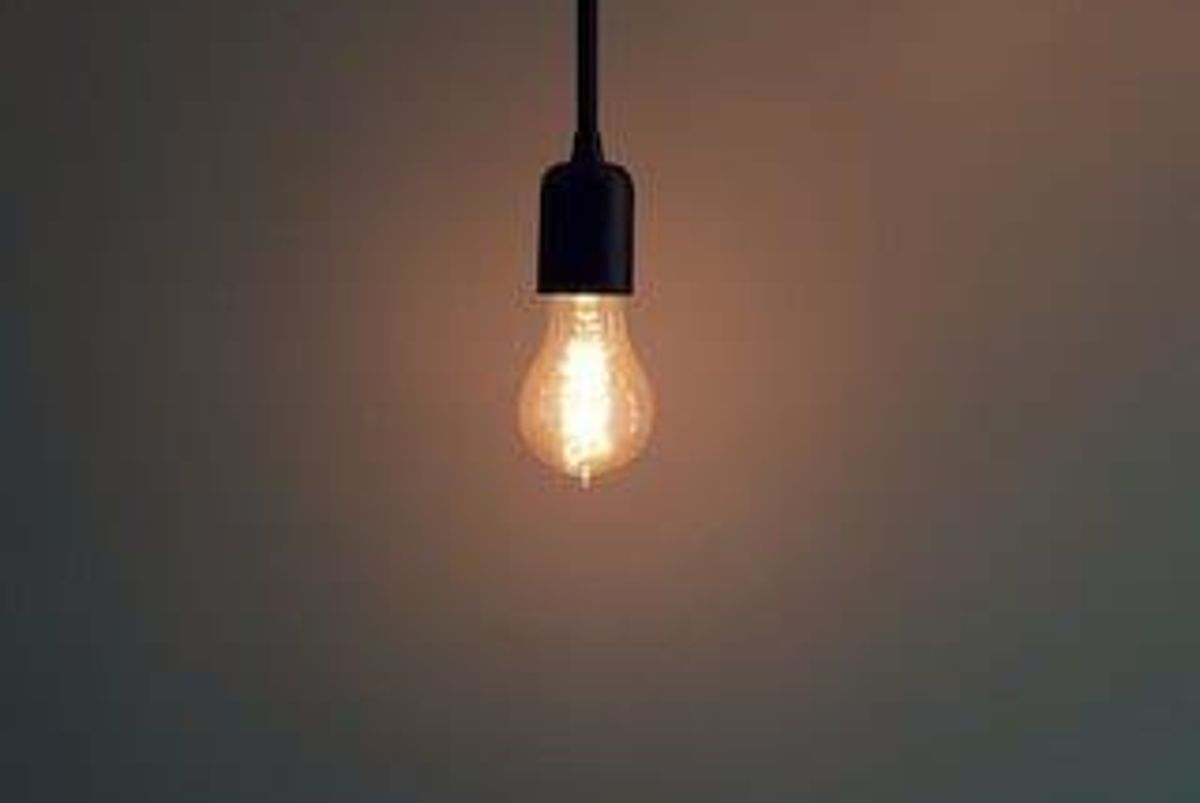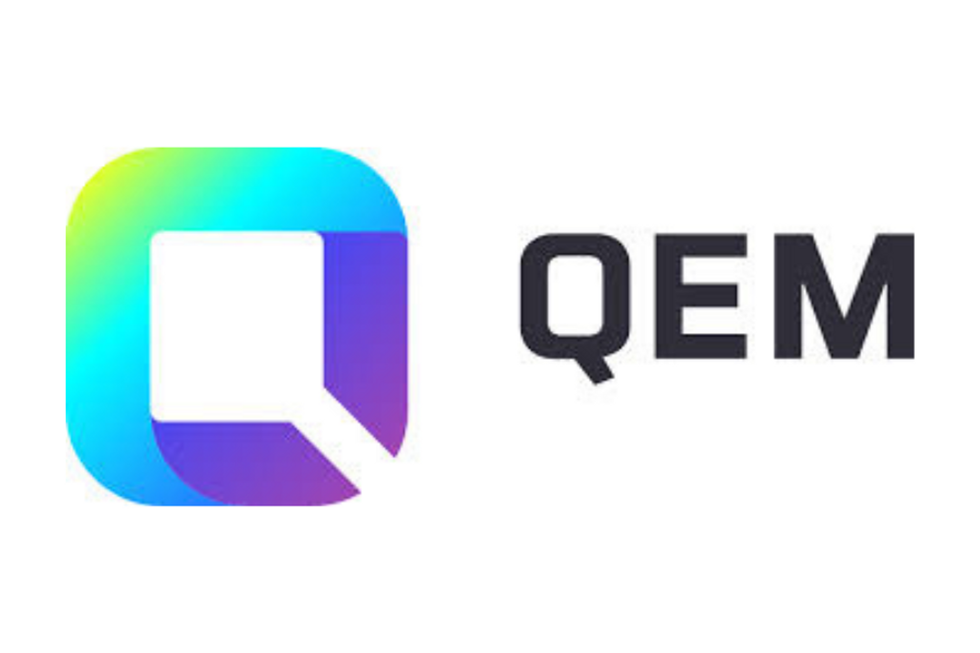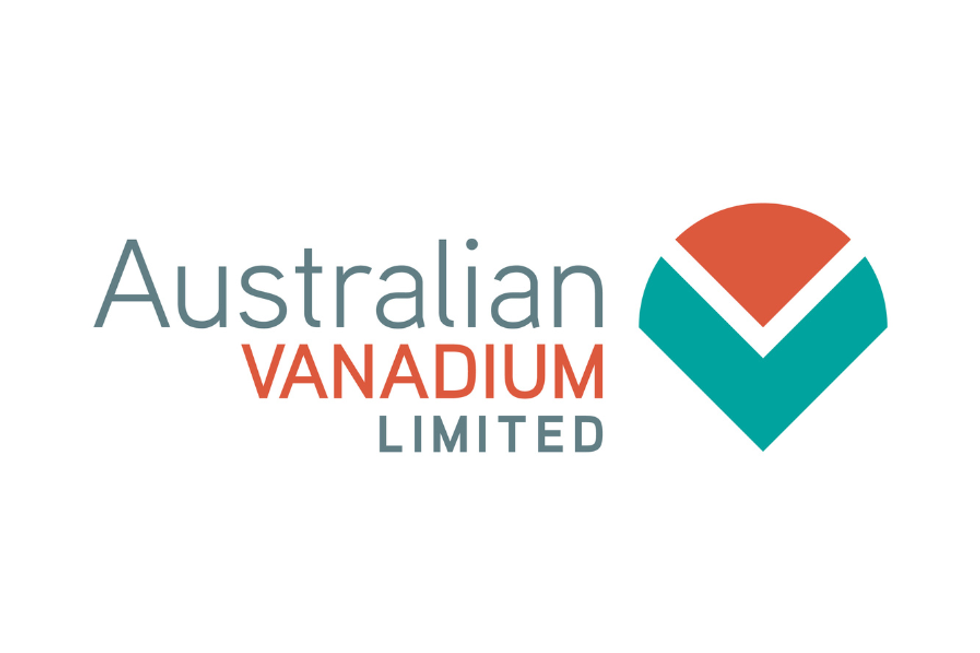
This infographic from Visual Capitalist explains how vanadium redox flow batteries work and looks at how they may impact energy storage in the future.
Two major products are produced from vanadium: ferrovanadium and vanadium pentoxide.
The former is added to steel to make it more resistant to corrosion, and currently accounts for about 91 percent of vanadium use. The latter is used to make vanadium electrolyte, a material that powers vanadium redox flow batteries (VFRBs).
VRFBs are an emerging part of the energy storage market, which also includes lithium-ion batteries, solar thermal power plants and pumped hydro power. Unlike lithium-ion batteries, VRFBs are too large to be used in electric vehicles; however, they have much longer lifespans, and are well suited to industrial and utility applications.
Speaking to the Investing News Network in August, Roskill’s Jack Bedder said, “energy storage obviously is going to be a big thing, and it’s about which technologies we enact. I don’t think there’s going to be one winner. Vanadium redox [batteries] will probably have a share. Lithium-ion will as well.”
He added that over the next 10 years, the battery market “could represent maybe 7,000 tonnes of vanadium, but the upside is probably as high as 30,000 tonnes.”
Chinese firm Azure International estimates that market demand for VRFBs in the top 10 countries will grow at a CAGR of 80 percent from 2013 to 2020, with over 7,000 MW of vanadium-flow capacity required by 2020. What’s more, demand could rise if vanadium electrolyte prices could be reduced — that’s because vanadium electrolyte comprises 30 to 50 of the cost of each battery.
Visual Capitalist recently released a handy infographic about VRFBs. View it below or click here to see it on the Visual Capitalist website.
Don’t forget to follow us @INN_Resource for real-time news updates!
Securities Disclosure: I, Melissa Shaw, hold no direct investment interest in any company mentioned in this article.


